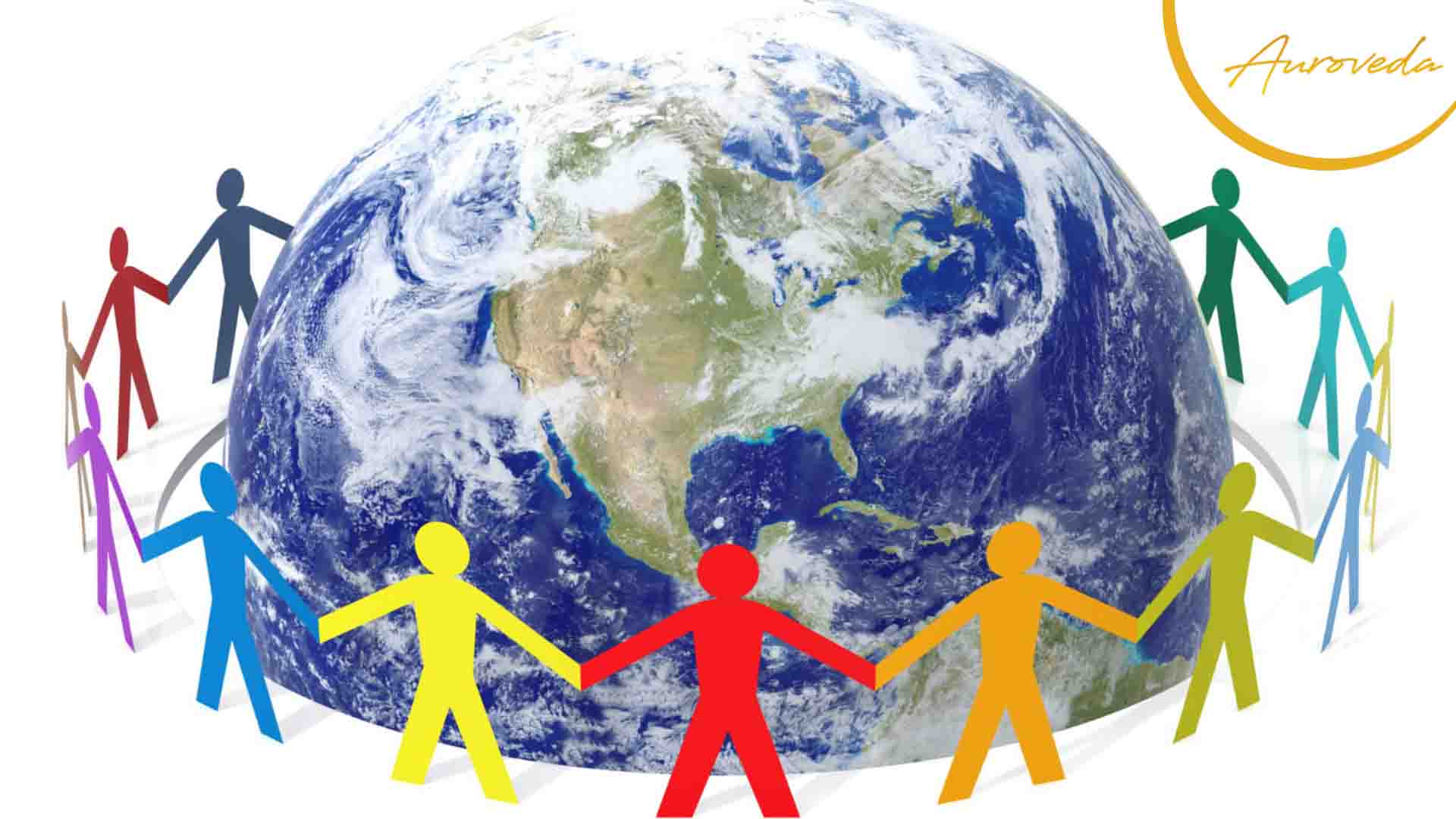Every year on May 16, the United Nations observes the International Day of Living Together in Peace. Established by the United Nations in 2017, this observance highlights the importance of embracing diversity, respecting differences, and fostering a culture of inclusivity. This day serves as a reminder of the necessity for peaceful coexistence in a world that is frequently divided by conflict and inspires individuals to work to build a more tolerant and caring society.
This day is intended to routinely mobilize the efforts of the worldwide community to promote peace, tolerance, inclusion, understanding, and solidarity. The Day “aims to uphold the desire to live and act together, united in differences and diversity, in order to build a sustainable world of peace, solidarity, and harmony.”
One of the main objectives of the 2030 Agenda is to achieve peace, which is also a requirement for sustainable development and the common good. There are several smaller organizations, such as Auroveda, that stand by this cause and work together to bring about peace.
Importance of Living Together in Peace
Living in harmony with one another involves more than just avoiding disagreement; it also involves making an effort to understand, empathize with, and appreciate one another. Fostering peaceful cooperation becomes essential for social stability and advancement in a society with varied cultures, ideas, and viewpoints.
When people from many origins come together in harmony, they can pool their talents and experiences to build a diverse and inclusive society.
Peaceful coexistence has important consequences for the growth of the economy. Investments are more likely to flow into peaceful communities, which also encourage innovation and sustainable growth. Additionally, peaceful coexistence promotes the free interchange of knowledge and ideas, which enriches cultures and advances human knowledge.
People are more motivated to invest in entrepreneurship, education, and health when they feel safe and secure in their communities, which feeds a positive cycle of development and prosperity.
Challenges Faced
The idea of coexisting in peace is widely accepted, but accomplishing it is still very difficult. Prejudice, discrimination, injustice, and the maintenance of stereotypes are just a few of the things that prevent peaceful coexistence. These dividing factors create obstacles between people and groups, impeding deep communication and collaboration.
Fear and ignorance are two major obstacles to peaceful coexistence. Prejudice and bigotry are frequently caused by misconceptions and a lack of information about various cultures, religions, and ethnic groups. Promoting education and intercultural exchange from a young age while encouraging tolerance, understanding, and empathy is necessary to break down these barriers.
Schools, colleges, and community organizations are crucial for creating discussion and learning where individuals can interact with many viewpoints and get a more comprehensive understanding of the world.
The persistence of structural disparities is another major obstacle. Conflicts can be sparked by socioeconomic inequalities, marginalization, and exclusion because they tend to foster anger and hostility. Making inclusive policies that provide equal chances for everyone, regardless of their background or circumstances, is necessary to address these concerns.
In order to enable their active participation in decision-making processes, it also calls for empowering underprivileged groups and amplifying their voices.
Positive and Negative Peace
Two dimensions of peace—the negative and the positive—have been described by renowned Norwegian scholar and researcher Johan Galtung. The former denotes the absence of war and all forms of violent conflict, both between and within states. The latter, on the other hand, refers to a condition in which there is no war or other violent conflict together with equity, justice, and development, as well as respect for human rights and the environment.
It is not sufficient for peace to solely be defined by negative peace, as the absence of conflict does not ensure that people will not experience psychological violence, repression, injustice, discrimination, and a lack of access to their rights and fundamental necessities.
Conflict-free conditions are only the foundation upon which lasting peace can be established. Therefore, we must adopt a broader definition of peace, one that is encompassed by the concept of positive peace.
True, long-lasting peace needs the development of civilizations in which all people, regardless of race, sex, language, or religion, are treated fairly and have the opportunity to prosper. By having equal access to healthcare, education, and other necessities, people’s needs are addressed while also having their human rights preserved.

